Frontline report: Ukraine threatens to collapse stranded Russian bridgehead in Chasiv Yar
The potential collapse of this bridgehead could deny Russian forces their last viable crossing point near Chasiv Yar, severely limiting their ability to launch future assaults on Ukrainian elevated positions
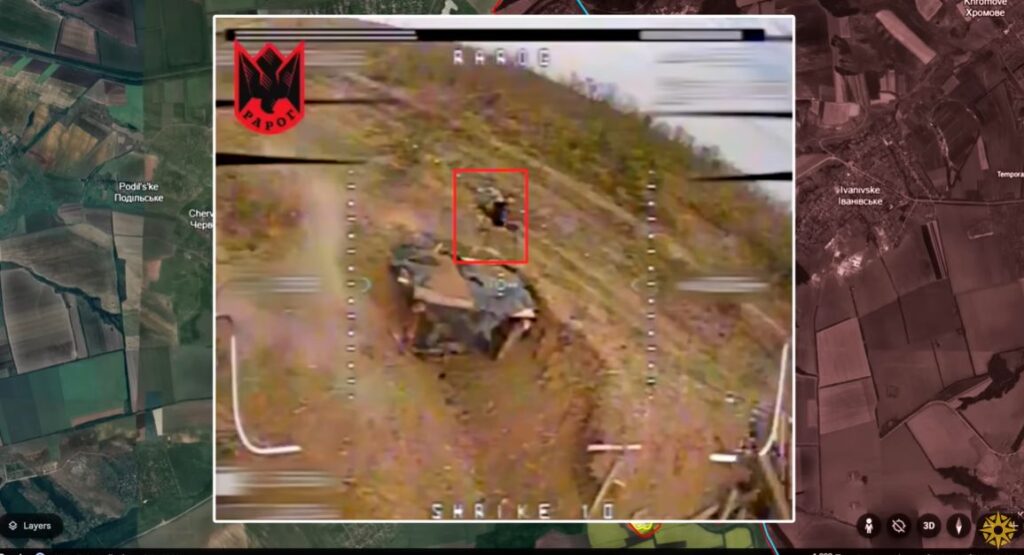

Today, there are many interesting updates from the Chasiv Yar direction.
Here, after months of relentless fighting, the Russians adopted a new strategy to try and capture Chasiv Yar. While their initial assaults yielded some success, logistical overextension left their forces vulnerable and exposed to Ukrainian forces, setting the stage for counterattacks that aim to collapse their bridgehead.
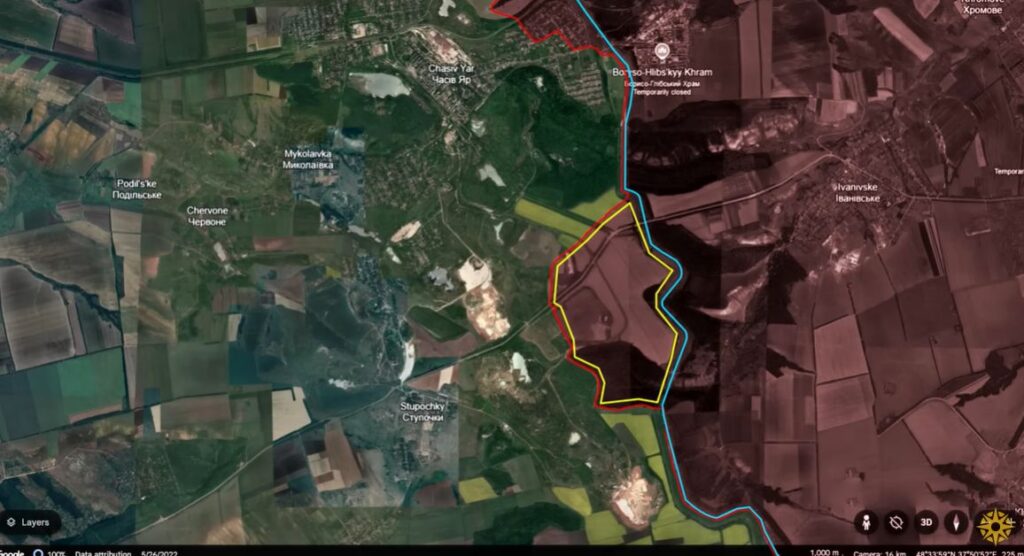
Earlier, Russian forces established a bridgehead on the Ukrainian side of the Siverskyi Donets-Donbas canal, exploiting a gap in the canal’s defenses where an overground passage allowed foot crossings. Their primary tactical advantage in this sector lies in the nearby forest, which provides substantial cover for covert troop movements and deployments, enabling them to carry out operations with reduced exposure to Ukrainian defenses.

Additionally, Russian troops in the area enhance their concealment by wearing thermal coats, reducing their visibility to Ukrainian drones equipped with thermal and night-vision cameras. However, they face significant logistical challenges that hinder their operational effectiveness. The lack of adequate supply routes and vehicle passages limits their ability to receive sufficient food and ammunition, making it difficult to sustain large-scale operations.
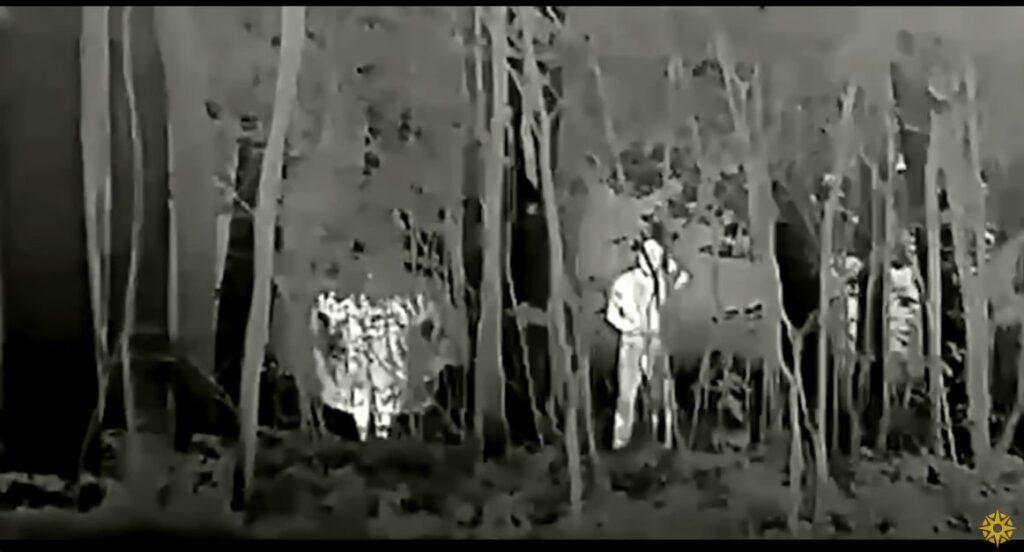
Furthermore, Ukrainian positions in Chasiv Yar, situated on elevated terrain, provide a commanding view of Russian positions to the south, exposing them to Ukrainian fire control and further weakening their tactical advantage.
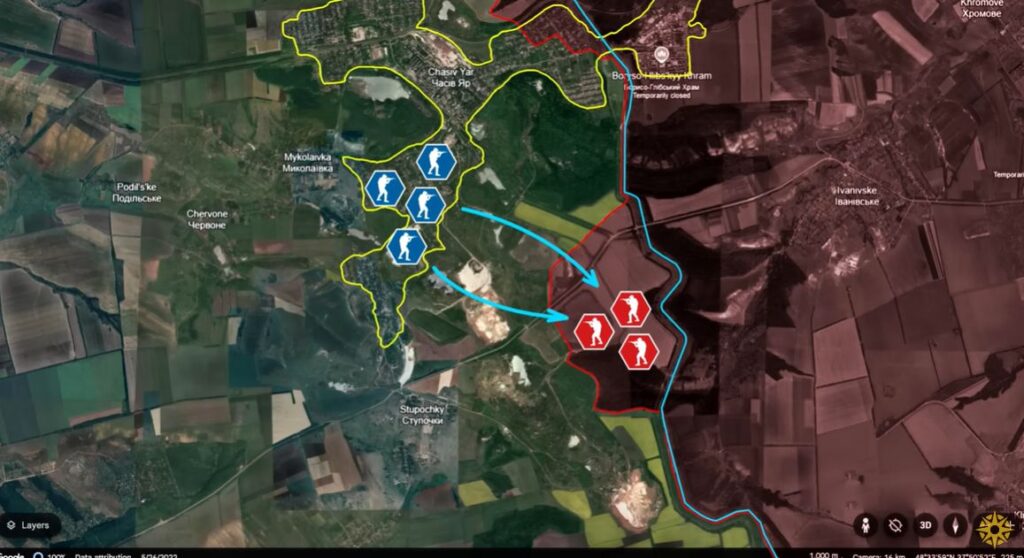
Russian forces in this sector are primarily composed of infantry, as the destruction of the only bridge to the west side of the canal has prevented the deployment of mechanized units such as tanks and infantry fighting vehicles. This severely limits their ability to conduct high-firepower, mobile assaults. Additionally, once Russian troops move beyond the forest’s cover, they become vulnerable to Ukrainian artillery strikes and drone surveillance, further compounding their difficulties and diminishing their operational effectiveness.
Initially, Russian forces employed small-scale ambushes using hit-and-run tactics to weaken nearby Ukrainian defenses, successfully destroying several Ukrainian armored vehicles and inflicting troop losses. Leveraging their concealment in the forest, they gained a short-term tactical advantage, allowing them to assault and seize Ukrainian positions in the open, including a nearby mine and surrounding trench systems.
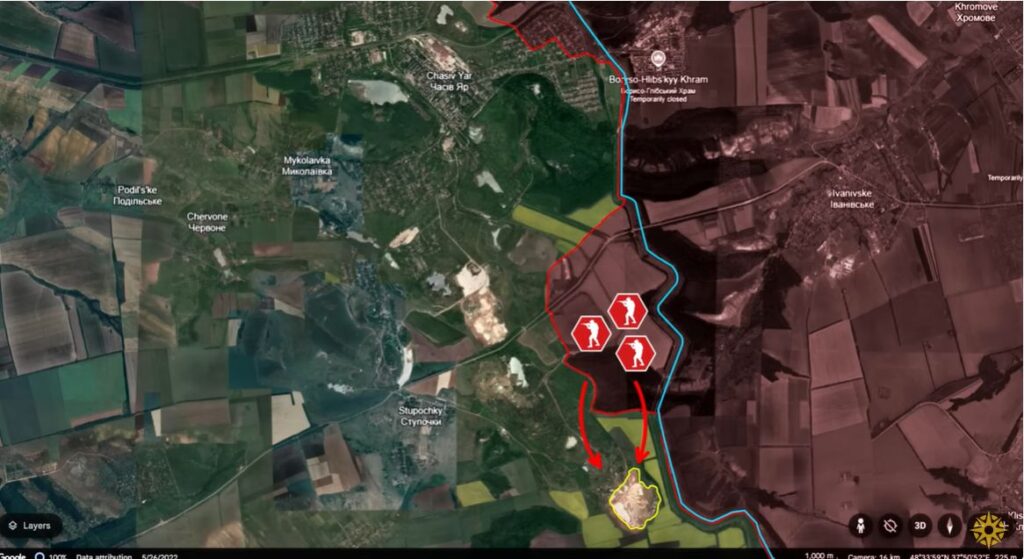
However, the Russians’ short-term success quickly dissipated once their element of surprise was lost. Combat footage from the area shows how their exposure in open terrain allowed Ukrainian drone operators to identify and target Russian positions effectively, inflicting heavy losses and suppressing their defenses. The sudden and precise Ukrainian strikes caused panic among the Russian soldiers, prompting some to abandon their positions and retreat hastily across the canal.
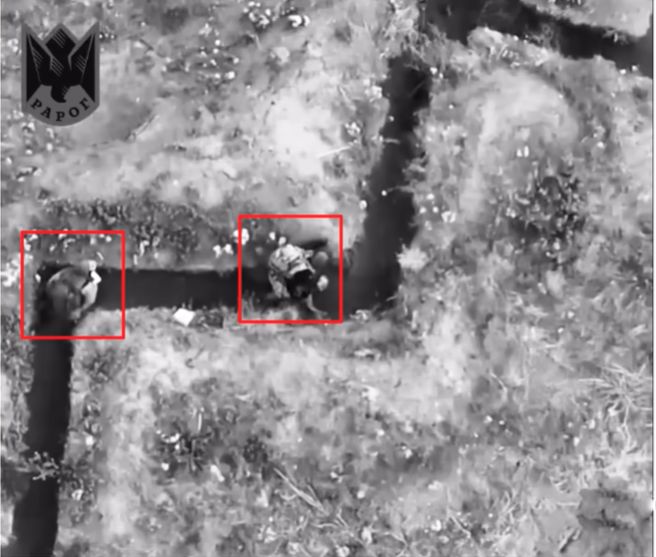
This allowed Ukrainian forces to deploy drones for continuous surveillance of the newly gained Russian positions, directing precision strikes to suppress them further as they remained exposed in open fields. Ukrainian counterattacks leveraged their superior firepower, utilizing tanks and infantry fighting vehicles against the poorly supplied Russian infantry.
With limited ammunition and resources, the Russian forces were unable to sustain prolonged engagements, leading to significant losses or retreat. Ultimately, the overwhelming Ukrainian firepower and strategic advantage forced the remaining Russian units to withdraw back into the forest.
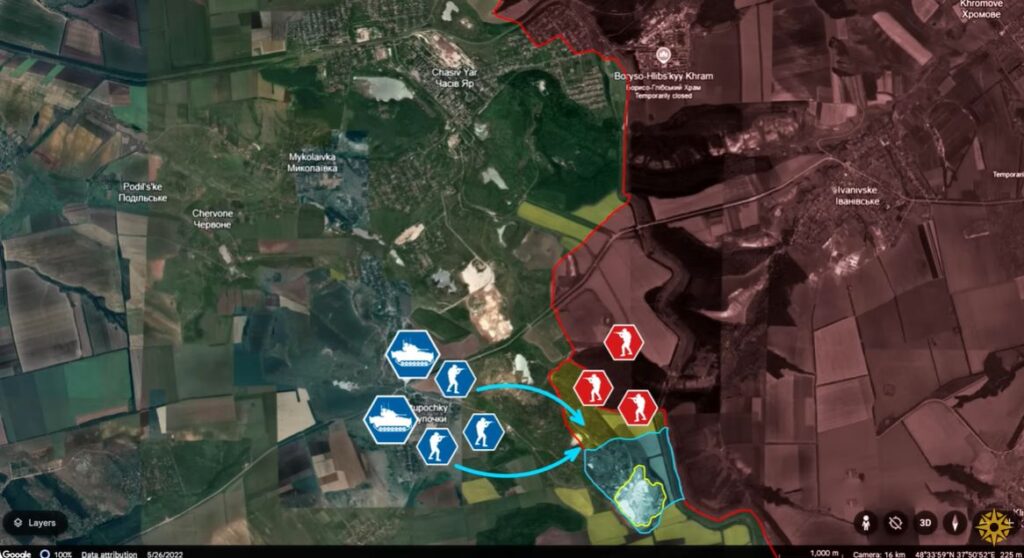
Overall, the Russian attack ultimately failed, leaving their exposed infantry formations overwhelmed by Ukrainian firepower, which forced the Russians to retreat from the mine complex towards the forests. Their frontlines became increasingly unsustainable under relentless Ukrainian counterattacks. Exploiting these vulnerabilities, Ukrainian forces secured a decisive advantage in this sector, setting the stage for further counteroffensives against the destabilized Russian bridgehead.
Compounding their difficulties, the Russians’ inability to supply their units adequately across the canal has severely undermined their ability to mount a prolonged defense, leaving their positions highly susceptible to continued Ukrainian pressure.
In our regular frontline report, we pair up with the military blogger Reporting from Ukraine to keep you informed about what is happening on the battlefield in the Russo-Ukrainian war.



